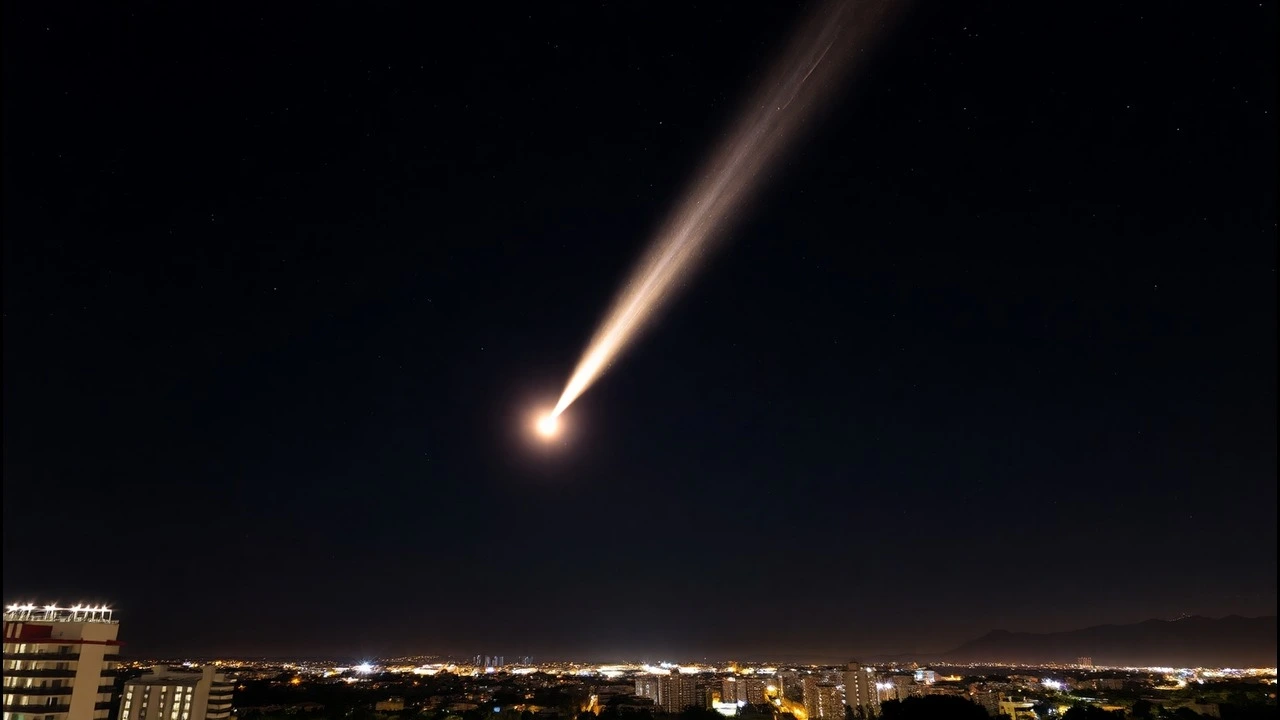Comet G3 Atlas will be visible on January 13 and 14 before sunrise and after sunset. The Comet C/2024 G3 Atlas was last seen 0.16 million years ago, i.e., when the woolly mammoths existed. Scientists predict that Comet G3 Atlas can be the brightest comet in 20 years (possibly brighter than Tschunishan Atlas), making it as bright as Venus in the night sky.
The Asteroid Terrestrial-impact Last Alert System survey (ATLAS) in Hawaii first discovered the comet in April. Scientists have been tracking it since then, and as it approaches the sun, if it survives this encounter, it might become bright enough to be visible to the naked eye.
You can watch the comet on Monday, January 13, before sunrise and for a few days in the west direction before sunset. But why does a comet get so bright when it approaches the sun?
Comets are some of the most beautiful and interesting celestial objects. A comet is made of ice, gas, and dust, and when it approaches the sun, this ice evaporates and forms the bright coma and the tail of the comet.

